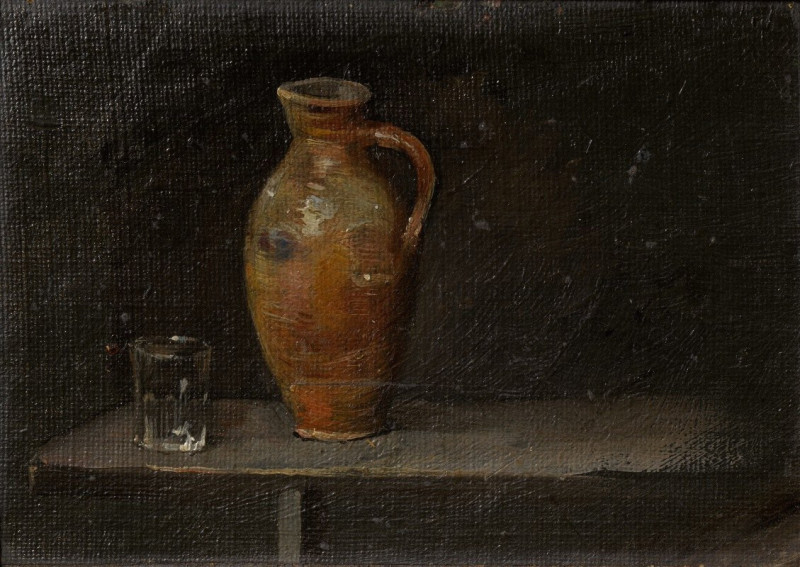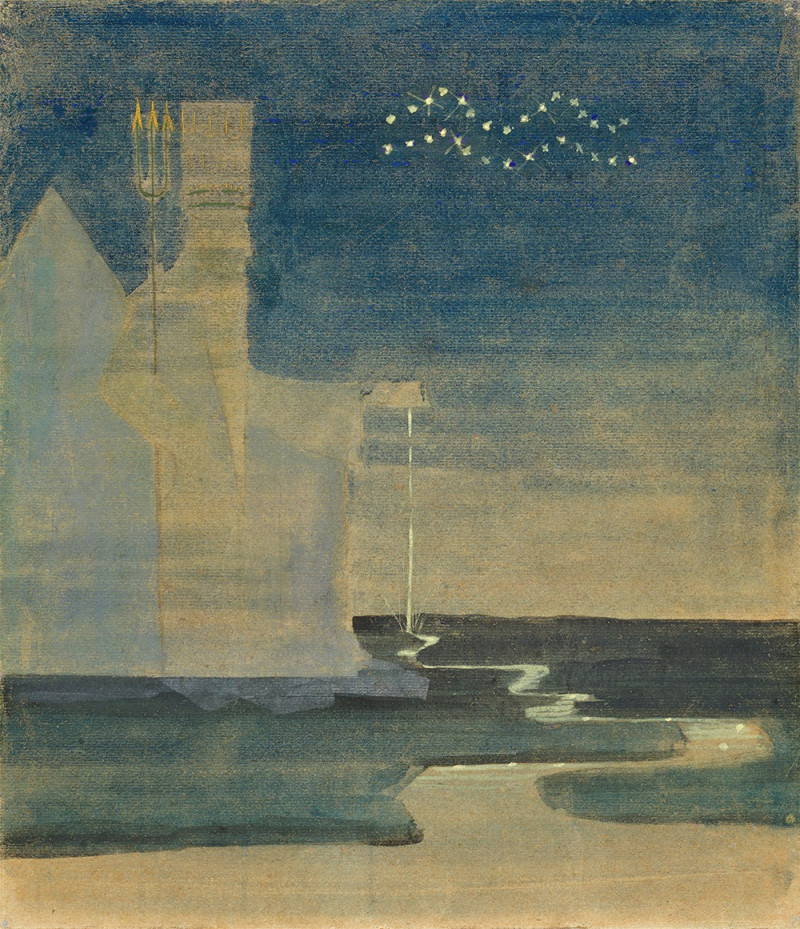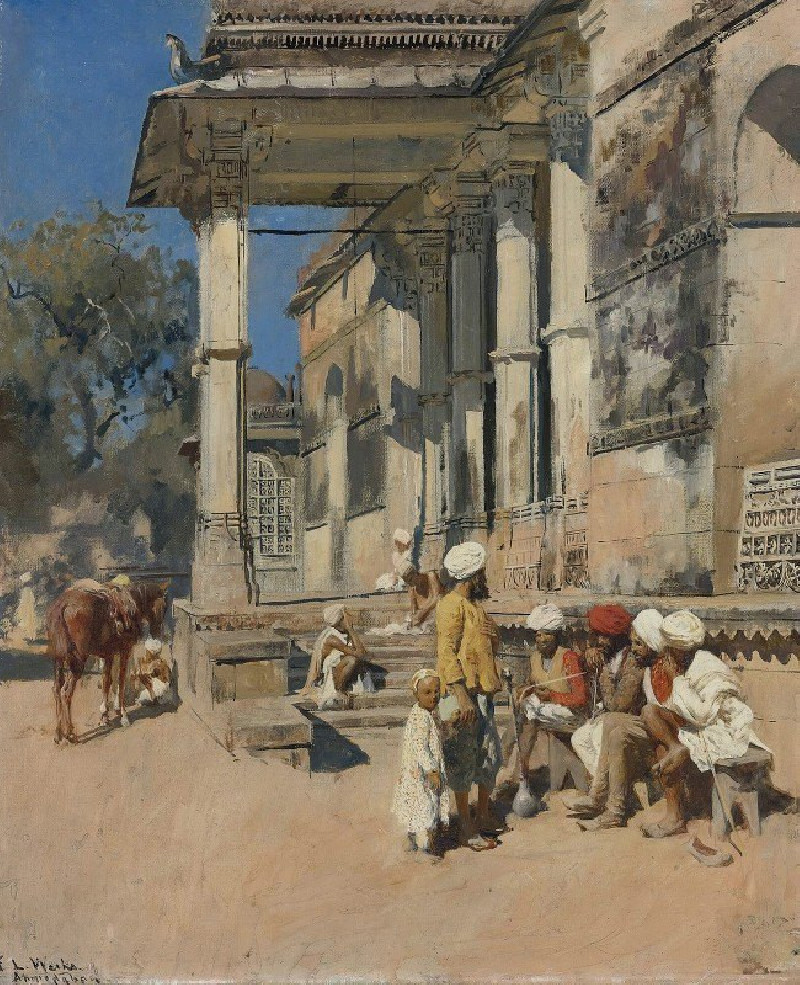Professor Karl Warburg (1905)
Technique: Giclée quality print
Recommended by our customers
More about this artwork
"Professor Karl Warburg" (1905) by Richard Bergh is a captivating portrait that draws viewers into the intellectual realm of its subject. The painting portrays Karl Warburg, an esteemed literary historian and professor, enveloped in the thoughtful ambiance of his study. Warburg is seated comfortably in a sturdy wooden chair, his gaze slightly averted as if he has just looked up from his work, inviting onlookers into a moment of scholarly respite.The rich, deep blues and greens of the background suggest a serene, reflective environment, harmonizing with the intellectual demeanor of the professor. Warburg holds a pipe, further emphasizing his contemplative mood, while his relaxed posture and direct gaze convey both ease and confidence. Surrounding him are shelves lined with books, signalling his academic pursuits, and an intriguing sculpture in the backdrop that perhaps nods to his interests in culture and art.Richard Bergh has masterfully used light and texture to highlight the professor’s face and hands, illustrating the vitality of the mind and the character of his subject.











































